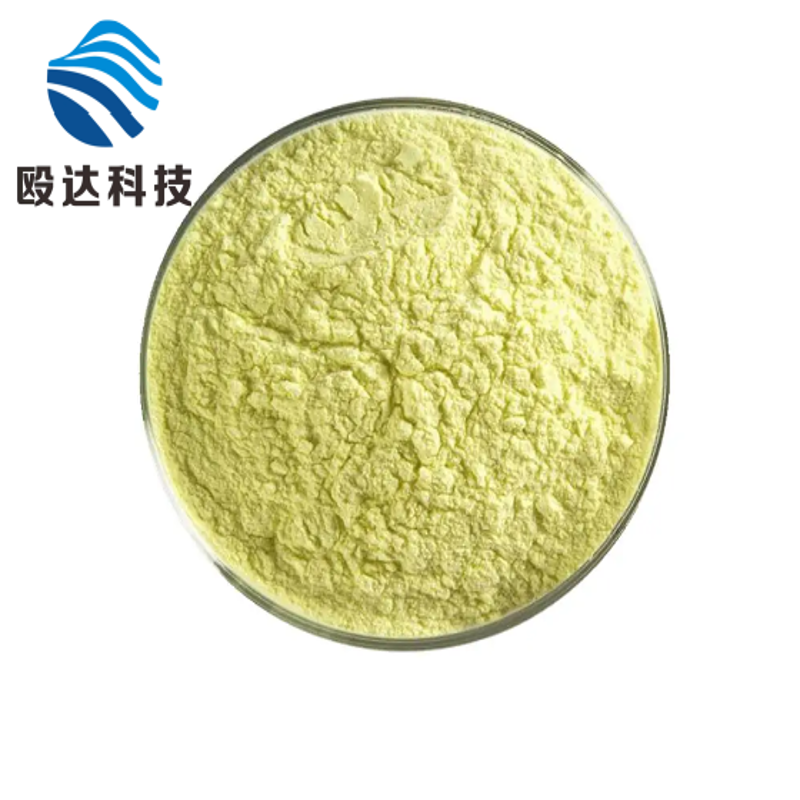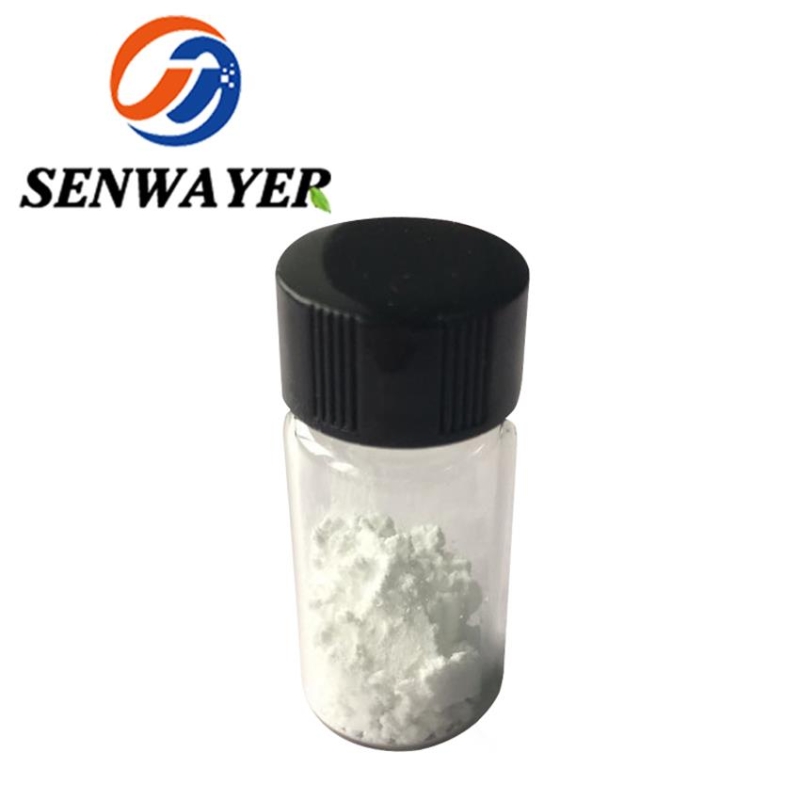Shi lichen: policy analysis at the national level of the pharmaceutical industry in 2015 (1)
-
Last Update: 2015-12-25
-
Source: Internet
-
Author: User
Search more information of high quality chemicals, good prices and reliable suppliers, visit
www.echemi.com
Source: in 2015-12-25, the national level policies were mainly issued by the State Council, which said "13th five year plan for medical reform" At the beginning of the year, this is the work that the State Council needs to pay attention to, but at the same time, it is also the policy document that pharmaceutical, medical and health industry enterprises should pay attention to most Because the policy planning document issued by the State Council is the document that all ministries and commissions and all provinces of the country need to carefully understand and implement The industry policy documents of many ministries and commissions and all provinces basically originate from the documents at the level of the State Council They are the same So what policies have been issued at the national level up to now? What is the real meaning of these policies in the future and how should enterprises deal with them? On February 28, 2015, the guiding opinions of the general office of the State Council on improving the centralized drug procurement in public hospitals (GBF [2015] No 7), the notice of the general office of the State Council on printing and distributing the planning outline of the national medical and health service system (2015-2020), April 23, 2015 On April 24, 2015, the notice of the general office of the State Council on printing and distributing the development plan of traditional Chinese medicine health services (2015-2020), on April 26, 2015, the work summary of the general office of the State Council on printing and distributing the 2014 reform of the medical and health system in Shenzhen, 2015 Notice on key tasks in 2015 guidance of General Office of the State Council on pilot comprehensive reform of urban public hospitals 2015-06-19 notice of national health and Family Planning Commission on implementing and improving guidance of centralized drug procurement in public hospitals July 1, 2015 notice of the State Council on actively promoting "Internet +" In fact, the general office of the State Council has triggered nearly 20 documents related to medicine and medical treatment I've listed all the important documents related to the industry Others are not unimportant but also important But I've listed all the important policy documents related to the industry In fact, the above policies have several key words: opportunity, strictness, increased investment, pilot scale-up, and industry norms Next, we will analyze the implementation and future trend of the above policies one by one 1、 On February 28, 2015, the guiding opinions of the general office of the State Council on improving the centralized drug procurement in public hospitals (GBF [2015] No 7) is the famous Document No 7 This document makes the centralized bidding procurement of each province one of the choices Instead of encouraging each province to adhere to the only bidding procurement, it encourages classified procurement: bidding procurement, negotiation procurement, hospital direct procurement, designated production, special drug procurement and other different ways This document clearly stipulates that: adhere to the centralized online drug purchase direction with the province (District, city) as the unit, implement a platform, up and down linkage, open and transparent, classified purchase, adopt the bidding production enterprise, bidding and procurement integration, quantity price linkage, double envelope system, whole process monitoring, etc After the operation in 2015, the above policy guidance direction has basically become the keynote of drug procurement in all provinces All provinces formulated the bidding procurement plan based on this, although slightly different, but the same The content of this policy document will not be analyzed We focus on what happened after the operation of the first half of the year 1 Integration of two standards: becoming the mainstream At present, the bidding and procurement documents of all provinces are basically operated according to the principle of "two standards in one" 2 Classified procurement: comprehensive analysis of drug procurement in each province, classified procurement is still dominated by bidding procurement, and there is not much progress in the other four procurement behaviors, especially for the negotiation procurement of patent drugs and exclusive varieties Three Volume purchase: so far, each province has talked about volume purchase in the document Some provinces also require medical institutions to report the drug consumption data, but in fact, few of them actually implement volume purchase, which is basically based on the procurement mode of bidding, while the bidding institutions themselves do not purchase drugs and pay for drugs Although the medical institutions report the data, but It is impossible to force them to purchase according to the quantity at all, so it becomes extravagant to purchase with the quantity Four Double envelope system: in form, all provinces adopt the double envelope system of technical bid and price bid, but in actual operation, the core is only to take the low price What's more, no one pays attention to the quality problem of drugs purchased at a lower cost according to the market cost accounting, even if the behavior of sampling drugs purchased at a lower cost does not exist, but more attention is paid to reducing the price for consumers through price comparison I don't know whether the higher authorities pay much attention to this achievement or pay special attention to it The core of drug purchase is reasonable drug price and drugs with completely up to standard quality It's strange that the vigorous drug cost investigation mentioned in the first half of the year was not carried out 5 Joint procurement with hospitals as the main body: in 2015, joint procurement with hospitals as the main body has basically become a second bargaining behavior, that is, after the provincial bidding procurement, hospitals or hospital consortia carry out the second bargaining on the basis of the bidding price, and the pure joint procurement with hospitals as the main body is very few in the public hospital system This is very interesting The health and Family Planning Commission shouted at height, "resolutely opposed to the second bargaining", and the provinces bowed their heads and resolutely implemented the second bargaining 6 New drug procurement: for the newly approved drugs in the procurement cycle, each region may, according to the needs of disease prevention and treatment, through the evaluation of pharmacoeconomics and evidence-based medicine, separately organize the centralized procurement with the province (District, city) as the unit Up to now, the policy of new drug procurement has been empty talk It is difficult for the enterprises affiliated to new drugs to spontaneously apply for and organize centralized procurement with provinces (districts and cities) as the unit, and whether there are specific policies at the government level, which makes a lot of new drugs still outside the medical institutions and forms a huge blow to the enthusiasm of new drug research and development in China Generally speaking, after half a year's implementation, the framework content of centralized drug procurement in each province is basically implemented in accordance with the above policies, but many practical practices in the process of implementation in each province not only hurt drug companies, but also medical institutions For pharmaceutical enterprises, in 2015, they were really struggling to cope with the centralized bidding and purchase of drugs, but 2016 will not be easy Although the provincial centralized bidding and purchase of drugs has ended, 2016 will not be easy Annual fixed-point production, medical consortium procurement (a large-scale second bargaining is about to start), the gradual popularization of Sanming policy, the implementation of drug proportion, the full implementation of drug zero price difference rate, etc., will make pharmaceutical enterprises and pharmaceutical commercial enterprises feel more difficult to deal with But in fact, there is no chance Because of the implementation of the proportion of drugs and even the gradual popularization of Sanming mode, hospital medication will gradually reduce, while prescription drugs will be sold out of hospital or gradually enlarged, and data analysis and utilization will be done well Business performance can be maintained through chronic disease tracking and out of hospital binding point If enterprises with hospitals as the main sales channel do not layout as soon as possible, they will certainly face The original marketing model and business model are difficult to continue Because the only low price for centralized purchase of drugs is taking, which leads to the decrease of the price of drugs in medical institutions, the reduction of the price leads to the reduction of the operating space of drugs and the reduction of profits If the cost increases, the management of drug enterprises will be more and more difficult The drug enterprises with competitive products can also have more moisture The life of the drug enterprises dominated by general drugs will be more difficult Lichen believes that refined management and innovative marketing mode will become the support point for many pharmaceutical enterprises to overcome difficulties.
This article is an English version of an article which is originally in the Chinese language on echemi.com and is provided for information purposes only.
This website makes no representation or warranty of any kind, either expressed or implied, as to the accuracy, completeness ownership or reliability of
the article or any translations thereof. If you have any concerns or complaints relating to the article, please send an email, providing a detailed
description of the concern or complaint, to
service@echemi.com. A staff member will contact you within 5 working days. Once verified, infringing content
will be removed immediately.







